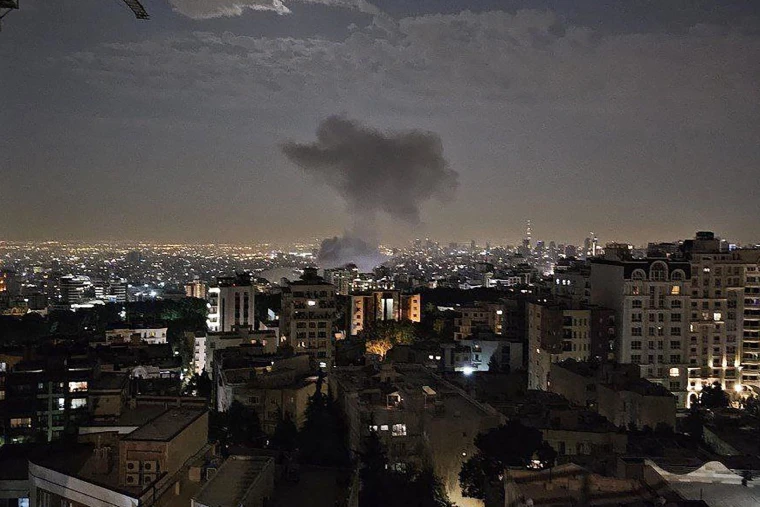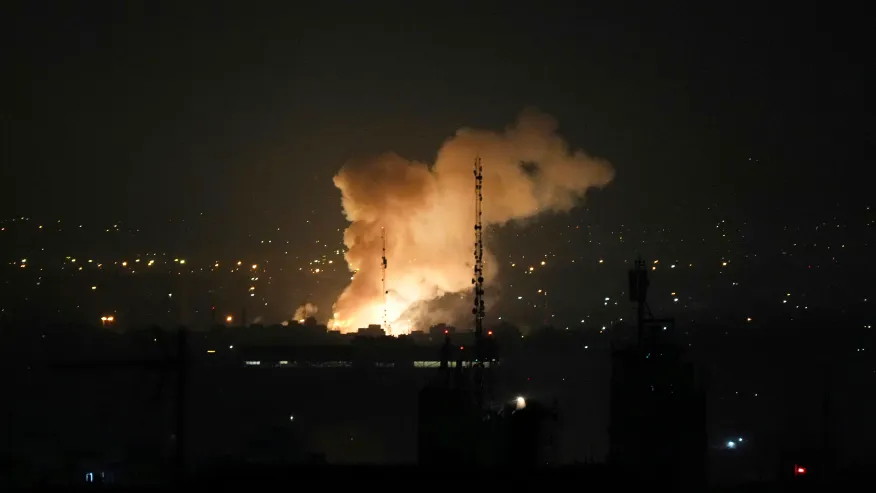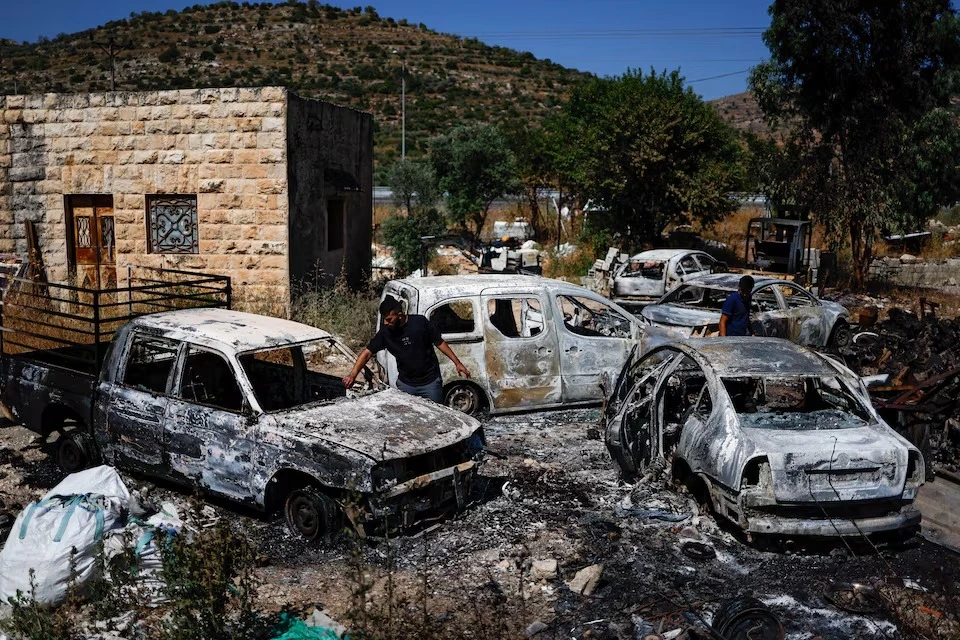Tehran: The International Atomic Energy Agency has provided crucial updates regarding Iran's nuclear facilities amid escalating tensions with Israel, confirming that radiation levels at the strategically important Natanz uranium enrichment complex remain unchanged following recent military developments. The global nuclear watchdog organization made this announcement through official channels after conducting thorough assessments in coordination with Iranian authorities.
The situation unfolded when initial reports emerged suggesting that Israel had conducted targeted strikes on Iran's nuclear infrastructure, specifically focusing on the Natanz facility during Friday morning operations. The International Atomic Energy Agency immediately activated its monitoring protocols and established direct communication with Iranian officials to assess any potential impact on the facility's nuclear operations and safety systems. Agency inspectors who maintain a permanent presence in Iran were also contacted to provide real-time information about the ground situation.
The Natanz facility, located approximately 250 kilometers south of Tehran in Iran's central region, represents one of the most significant uranium enrichment sites in the Islamic Republic's nuclear program. This underground complex has been operational since February 2007, despite operating in violation of United Nations Security Council resolutions that restrict Iran's nuclear activities. The facility gained international attention following environmental sampling conducted by the IAEA in November 2014, which confirmed that the site was actively producing low-enriched uranium, thereby intensifying global concerns about Iran's nuclear ambitions and potential weapons development capabilities.
The nuclear facility has previously been subjected to various forms of sabotage and cyber warfare operations throughout its operational history. The most notable incident involved the Stuxnet computer virus, discovered in 2010, which specifically targeted Iran's nuclear infrastructure and is widely attributed to a joint cyber operation conducted by the United States and Israel. In 2020, a significant fire erupted at the Natanz complex, with Iranian authorities claiming the incident resulted from sophisticated cyber sabotage activities. The following year, Iranian officials characterized another security breach at the facility as an act of "nuclear terrorism," highlighting the ongoing vulnerabilities and international focus on this strategic installation.
The IAEA's latest confirmation that the Bushehr nuclear power plant remained untargeted provides additional context to the scope of recent military activities. This distinction between different nuclear facilities demonstrates the precision and selectivity of any potential operations while underscoring the international community's continued monitoring of Iran's nuclear program development amid regional security concerns.








